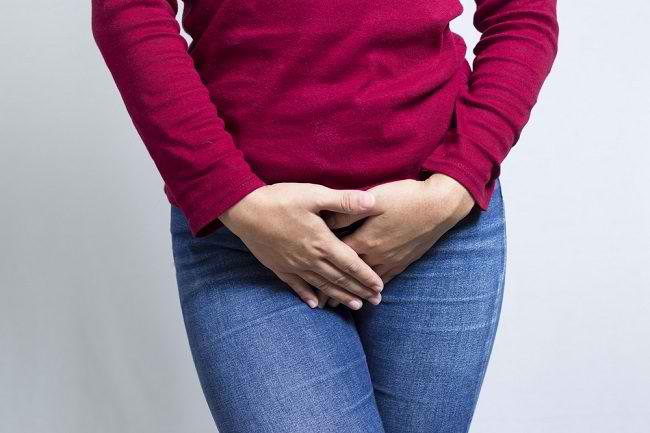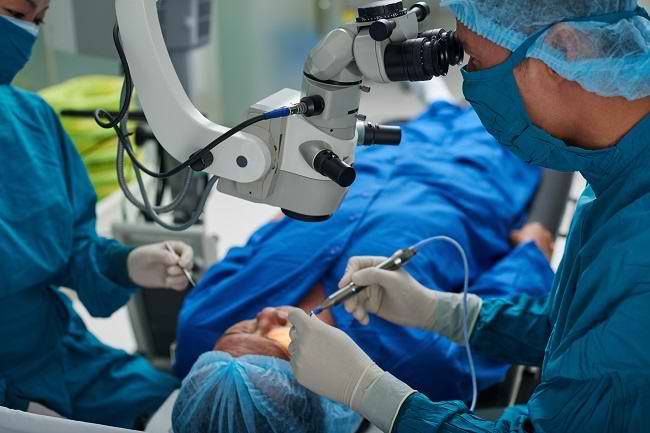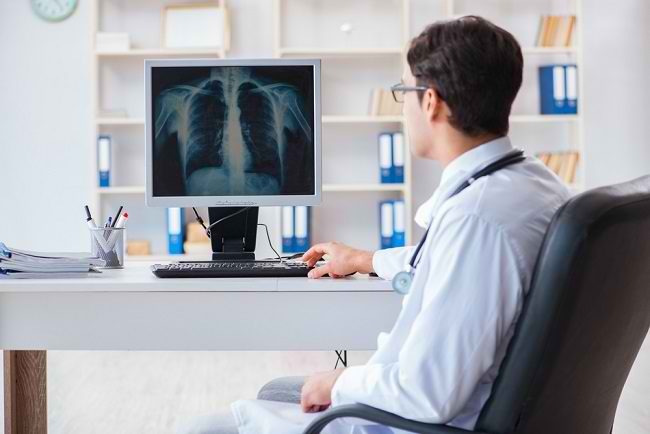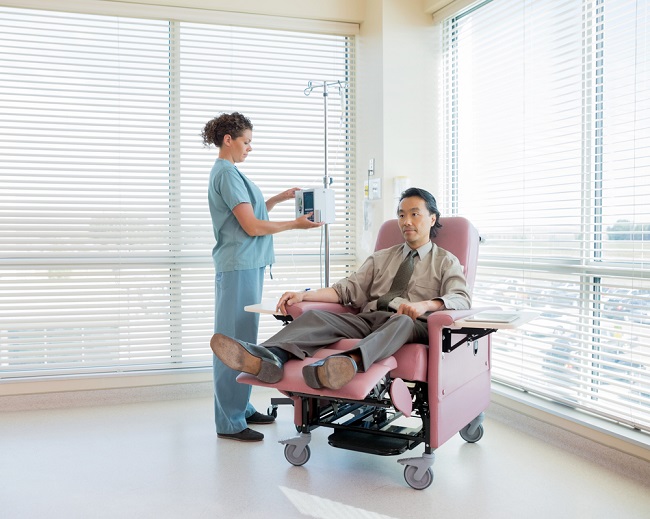Hypotension and hypertension are two conditions characterized by abnormal blood pressure values. Both disorders of blood pressure can cause various health problems, ranging from mild to severe. However, between hypotension and hypertension, which is more dangerous?
Blood pressure is one of the four vital signs in the body that is used as a measure of a person's general health condition. Blood pressure values can be known through blood pressure checks. Normal blood pressure values in adults range from 90/60 mmHg to 120/80 mmHg.

Hypotension and hypertension are two opposite conditions. Hypotension or low blood pressure is a condition when blood pressure is below 90/60 mmHg. On the other hand, hypertension is a condition where blood pressure increases to more than 140/80 mmHg or more.
Although opposite each other, hypotension and hypertension are two conditions that can interfere with health.
Symptoms of Hypertension Often Undetected
Hypertension is one of the most common cardiovascular diseases and affects people worldwide.
WHO data for 2019 shows that around 1.1 billion people worldwide suffer from hypertension. In Indonesia itself, the results of the 2013 Basic Health Research (Riskesdas) show that around 25.8% of the Indonesian population suffers from hypertension.
Hypertension can be caused by many things, ranging from heredity or genetics, certain health conditions, such as diabetes and obesity, to an unhealthy lifestyle, such as rarely exercising, eating too many foods high in salt and saturated fat, excessive stress, and smoking or smoking frequently. consuming alcohol.
Hypertension can be said to be a dangerous disease because it often does not cause any symptoms. Symptoms of hypertension usually only appear when blood pressure is very high and causes certain organ function disorders. When this happens, hypertension can cause several signs and symptoms, such as:
- Dizzy
- Headache
- Blurred vision
- Weak
- Chest pain
- Hard to breathe
- Heart pounding
- Frequent nosebleeds
- Nausea and vomiting
If not controlled, high blood pressure or hypertension can develop into malignant hypertension. This condition has a high risk of causing various dangerous complications such as coronary heart disease, stroke, and kidney disease.
Hypertension can be treated with lifestyle changes, such as more exercise, limiting foods high in salt, to using antihypertensive drugs as prescribed by a doctor.
Hypotension can be a sign of certain diseases
Compared with hypertension, cases of hypotension are less common. Hypotension conditions are more common in people who have high physical activity or frequent strenuous exercise and this is normal.
However, hypotension can also be caused by several other things, such as side effects of drugs, orthostatic hypotension, to certain medical conditions, such as dehydration, bleeding, hormonal disorders, malnutrition, to heart problems, including arrhythmias and heart failure.
Just like hypertension, hypotension also often does not cause typical symptoms. However, there are several symptoms that often appear when a person experiences hypotension, including:
- Dizzy
- Nausea and vomiting
- Weak
- Blurred vision
- Loss of balance
- Heart pounding
- Hard to breathe
- Faint
- It's hard to concentrate
- Pale and cold skin
Hypotension can not be underestimated because of the risk of causing a dangerous condition, namely shock. This occurs when blood pressure is very low or drastically reduced, so the body does not get enough oxygen.
This condition can have an impact on the disruption of the function of various organs, such as the brain, kidneys, and heart. If left untreated, this condition can lead to complications and even death.
Hypotension can be treated by increasing fluid intake, either through food and drink or intravenous fluid therapy, stopping the use of drugs that cause hypotension, to treating conditions that underlie hypotension, such as bleeding or heart problems.
If it has caused shock or severe hypotension, this condition needs to be treated by a doctor. To treat severe hypotension, your doctor may prescribe oxygen therapy and medications, such as injections of adrenaline or epinephrine.
Prevent Hypotension and Hypertension This Way
Hypotension and hypertension are both harmful to health. Therefore, it is recommended that you maintain normal blood pressure to prevent the occurrence of both conditions. Here are a few ways you can do this:
- Set a healthy diet and choose a balanced nutritious intake every day, for example limiting or reducing your intake of salt and saturated fat, sugar, and increasing the consumption of healthy foods such as fruits and vegetables.
- Drink enough water at least 8 glasses (about 1.5–2 liters) of water every day.
- Regularly exercise for at least 20-30 minutes every day. `
- Lose weight and keep it ideal
- Manage stress well, for example by doing yoga and getting enough rest.
- Avoid smoking and consuming alcoholic beverages in excess.
In addition, you also need to regularly check your blood pressure to the doctor or use your own sphygmomanometer at home. If your blood pressure is abnormal, you should immediately consult a doctor to undergo further examination and get the right treatment. This is important to prevent complications due to hypotension or hypertension.









